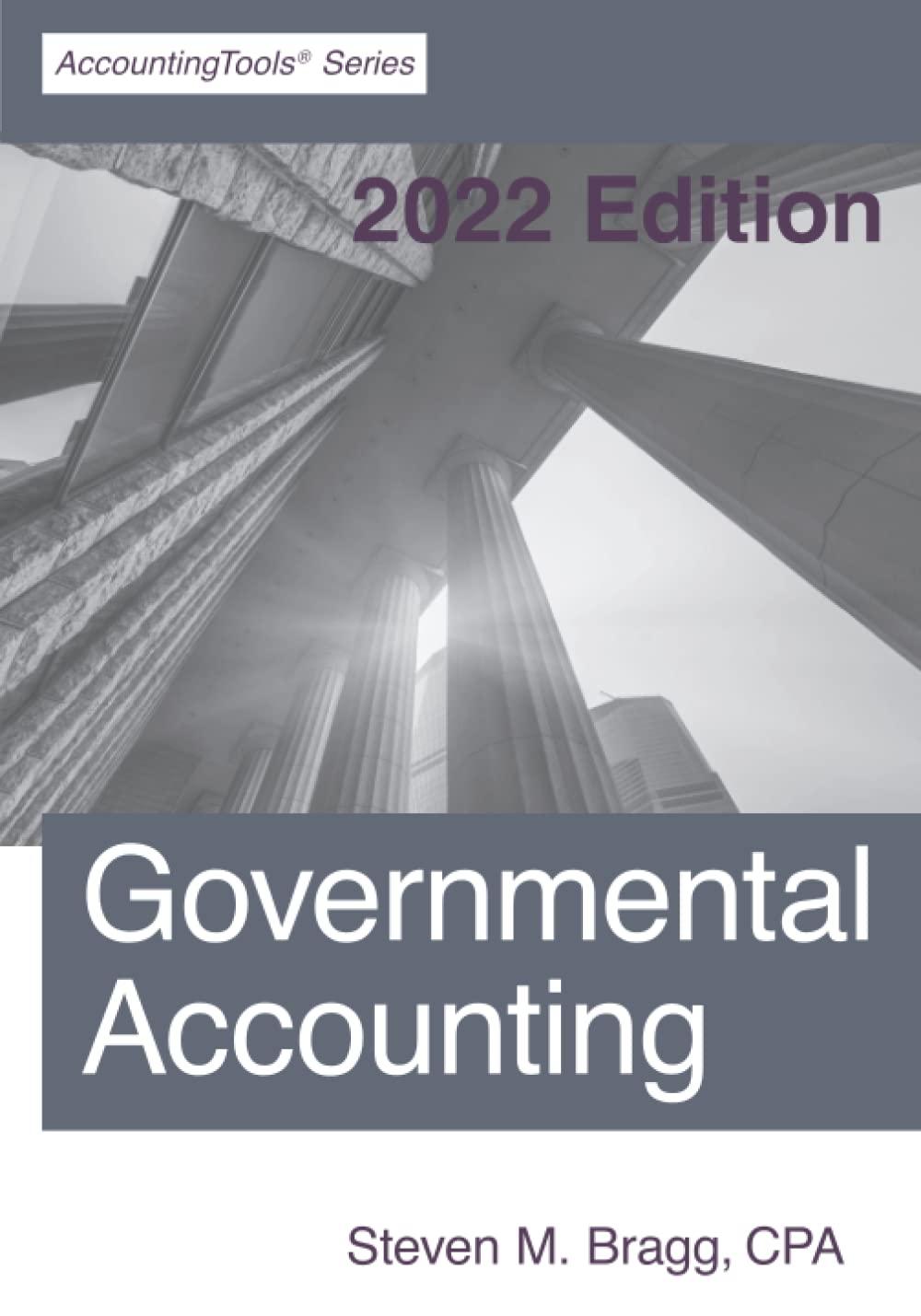On January 1, 2012, two companies, Polland Ltd. and Turkey Inc. were incorporated. Each company operates a restaurant and had identical revenues during the year
On January 1, 2012, two companies, Polland Ltd. and Turkey Inc. were incorporated. Each company operates a restaurant and had identical revenues during the year of $3 million but Polland bought its building for $1.7 million and the related land for $800,000. The company estimated that the building would have a useful life of 20 years with no residual value. Polland uses the straight-line method of depreciation. Because of the building purchase, Polland had an outstanding 4% bank loan during the year amounting on average to $2.8 million.
Turkey, however, did not buy a building. Instead, it rented a building under a five-year operating lease starting on January 1, 2012, for $17,000 per month. Because of this, the company had to install leasehold improvements for $100,000, which were completed in the first few days of January. Because Turkey did not have to buy a building, its outstanding 4% bank loan during 2012 averaged only $350,000.
The income tax rate for both companies is 22%. Assume both companies had identical revenues and expenses except for the items noted above.
Instructions
(a) If Polland had a net income of $175,000 for the year ended December 31, 2012, what net income did Turkey have?
(b) If Polland had total assets of $3,025,000 as at December 31, 2012, and the only differences between the assets of Polland and Turkey related to land, buildings, and leasehold improvements, the latter being depreciated over the term of the lease, what are the total assets for Turkey at the end of 2012?
(c) Calculate the asset turnover ratio for both companies for 2012. (Hint: Because this is the first year of operations, you can use the year-end asset balance rather than the average asset balance for the denominator.) Explain why the ratios are different.
(d) Calculate the profit margin ratio for both companies for 2012. Explain why they are different.
(e) Calculate the return on assets ratio for both companies for 2012. (Hint: Because this is the first year of operations, you can use the year-end asset balance rather than the average asset balance for the denominator.) Explain why the ratios are different using your answers in parts (c) and (d) above.
(f) What information relating to Turkey is not reflected in the financial statements that may be relevant to assessing its financial position and profitability?
(g) Would adopting the revaluation method under IFRS change the values of any of the three ratios covered above? Would those ratios improve or not?
(h) If new rules for treating operating leases beyond one year as capital leases are adopted in 2013, what impact will this have on Turkey's asset turnover ratio?
(i) Explain generally how an operating lease affects the financial statements of a company, compared with a finance lease.
(j) Is it unethical to deliberately structure a lease as an operating lease just to keep the debt off the financial statements?
(k) Do you think analysts will be able to distinguish between the financial impacts of purchasing buildings by borrowing from a bank compared with leasing it on an operating lease or a finance lease?
Please write your analysis below.
Step by Step Solution
There are 3 Steps involved in it
Step: 1

See step-by-step solutions with expert insights and AI powered tools for academic success
Step: 2

Step: 3

Ace Your Homework with AI
Get the answers you need in no time with our AI-driven, step-by-step assistance
Get Started


